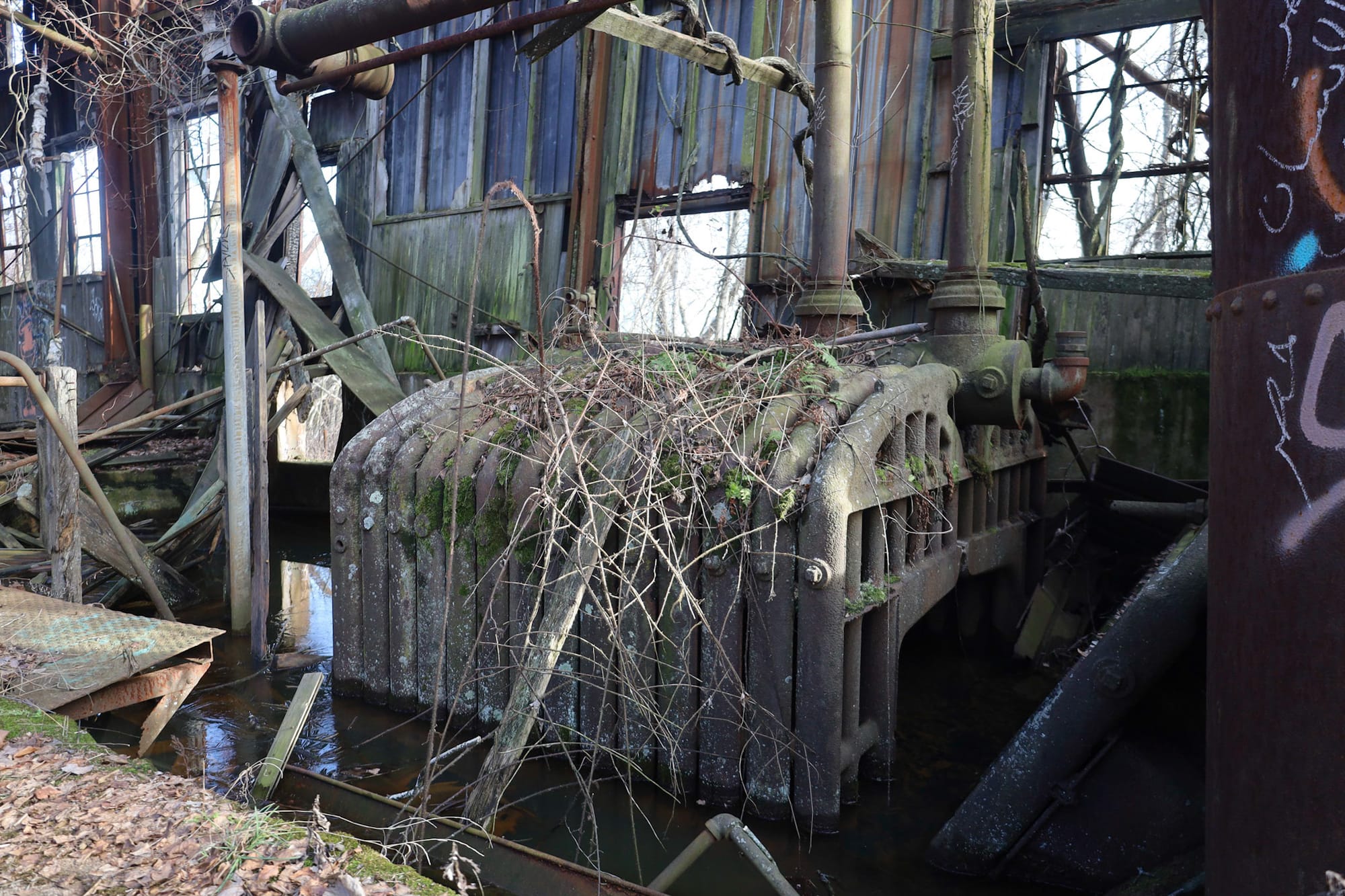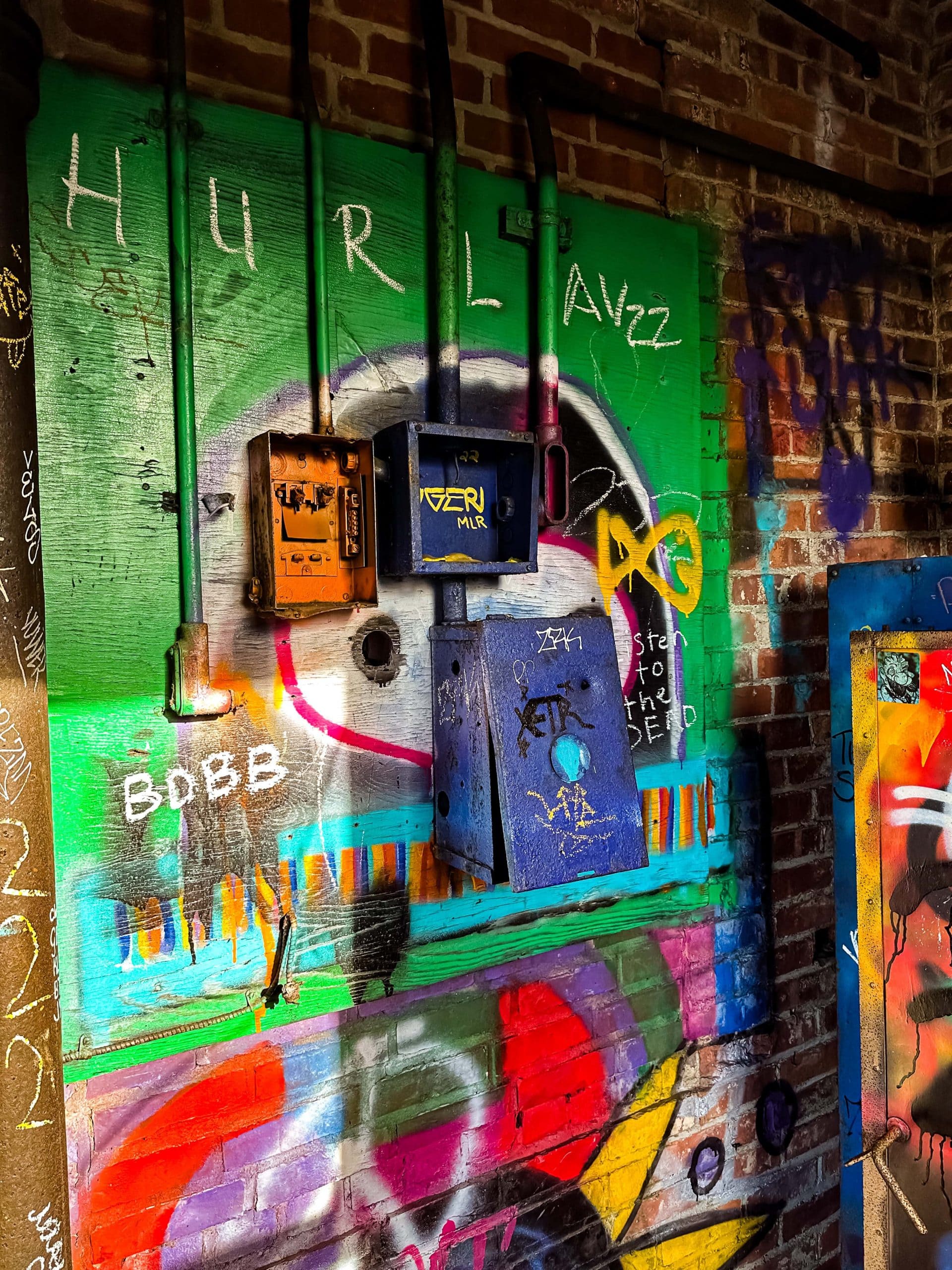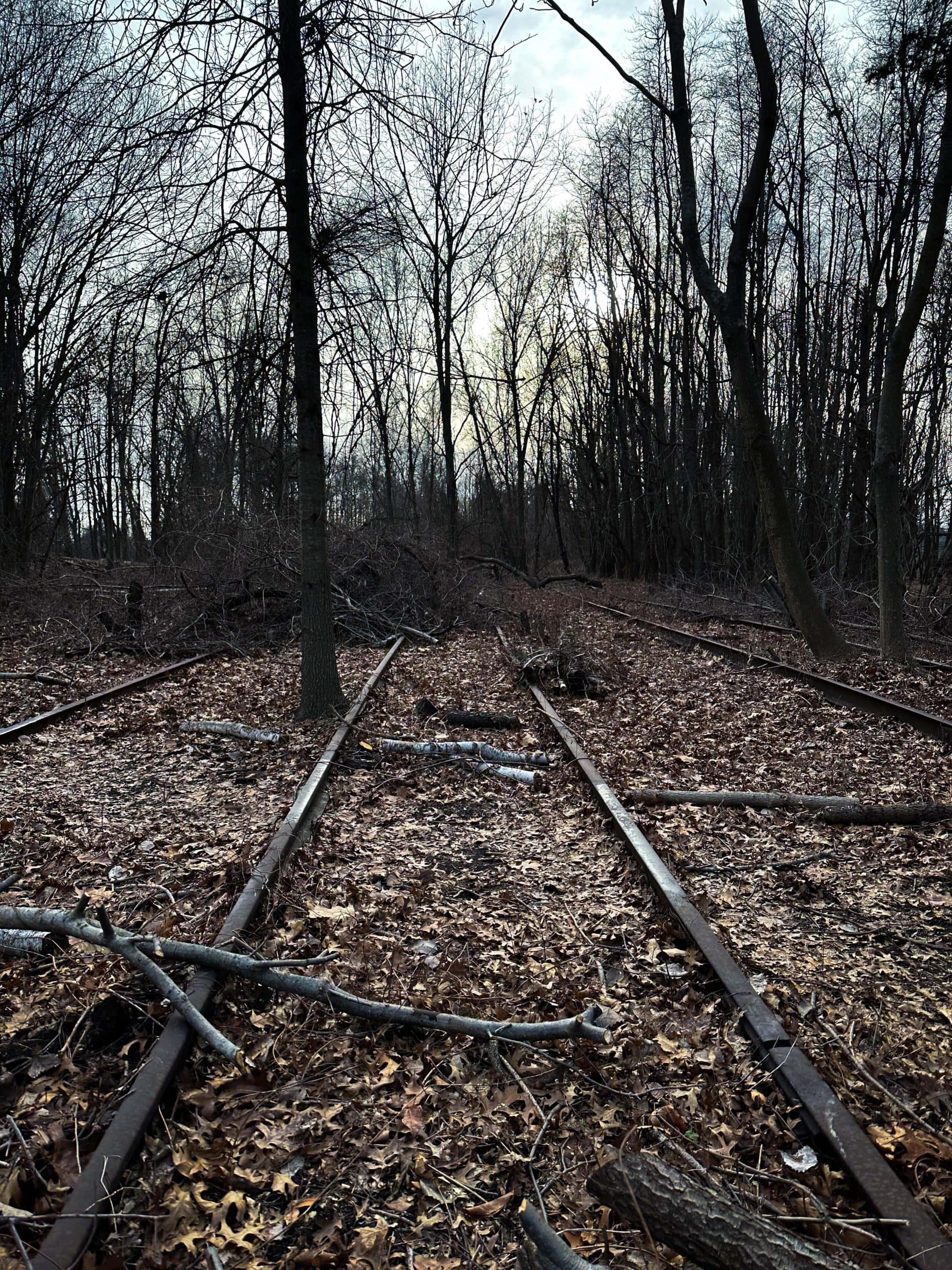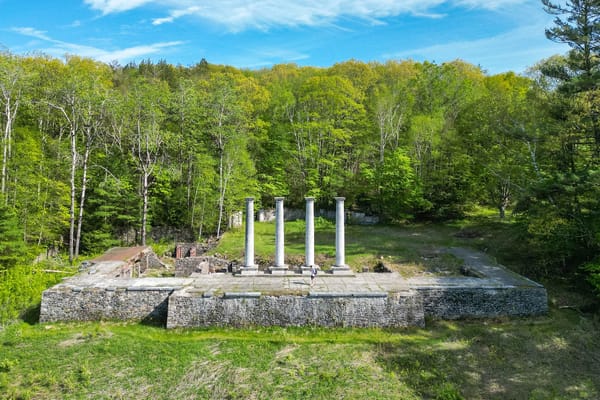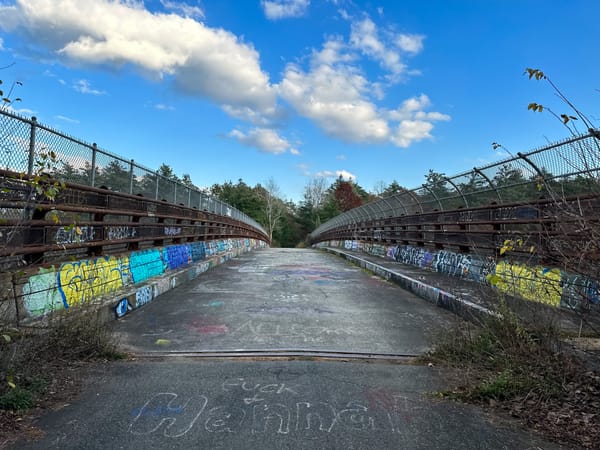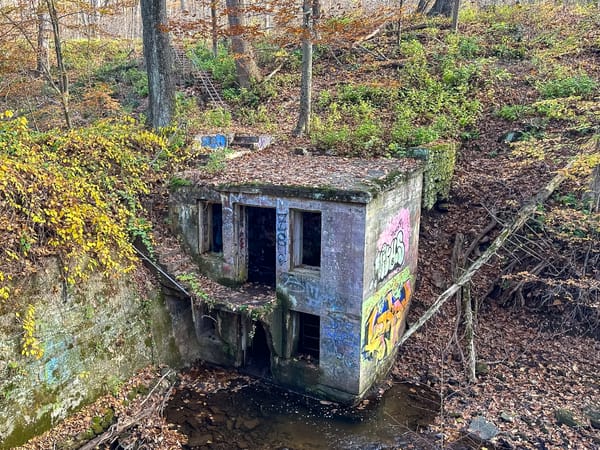Abandoned Cedar Hill Rail Yard (North Haven, CT)
Hidden behind shopping centers and wetlands in North Haven, Connecticut, the Cedar Hill Rail Yard is one of New England’s most fascinating and expansive abandoned industrial sites.

Hidden behind shopping centers and wetlands in North Haven, Connecticut, the Cedar Hill Rail Yard is one of New England’s most fascinating and expansive abandoned industrial sites. Once the busiest freight yard in the Northeast, Cedar Hill now stands as a sprawling monument to the golden age of railroads — a place where rusted tracks, switch towers, and overgrown platforms quietly tell the story of a bygone era.
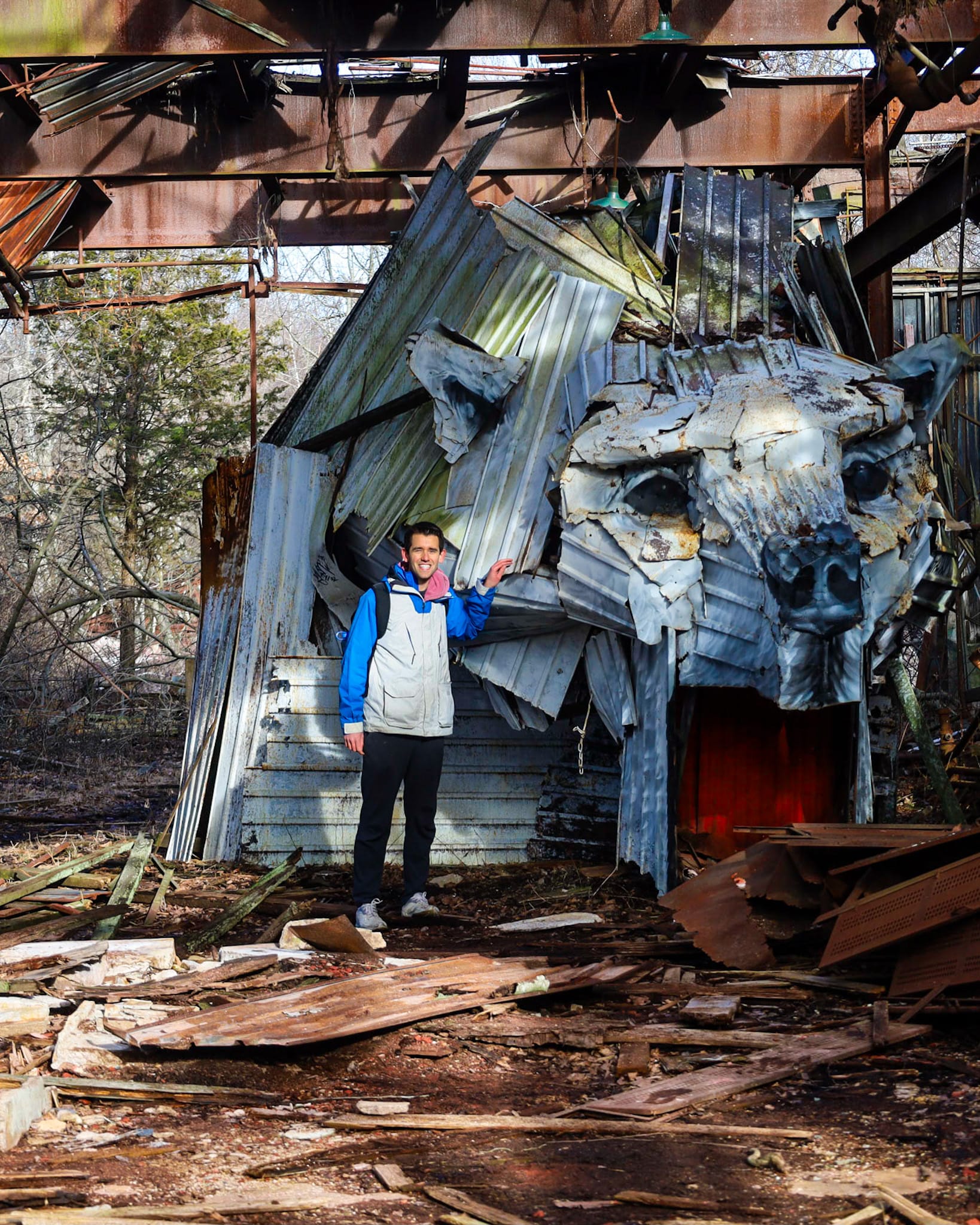
The Rise of Cedar Hill
The Cedar Hill Rail Yard was established in the early 1890s by the New York, New Haven, and Hartford Railroad (NYNH&H) to serve as a major classification and freight hub for southern New England. Strategically located between New Haven, North Haven, and Hamden, it linked the ports of Long Island Sound with destinations across the Northeast.
In its prime, the yard stretched over 900 acres, with over 200 miles of track, dozens of switching towers, and multiple roundhouses and repair shops. A key modernization in the 1920s added a massive hump yard, where railcars could be sorted efficiently by gravity — a cutting-edge technology at the time.
During World War II, Cedar Hill handled an astonishing 5,000 freight cars per day, moving troops, equipment, and supplies vital to the Allied effort. It was truly one of the busiest rail facilities in America.
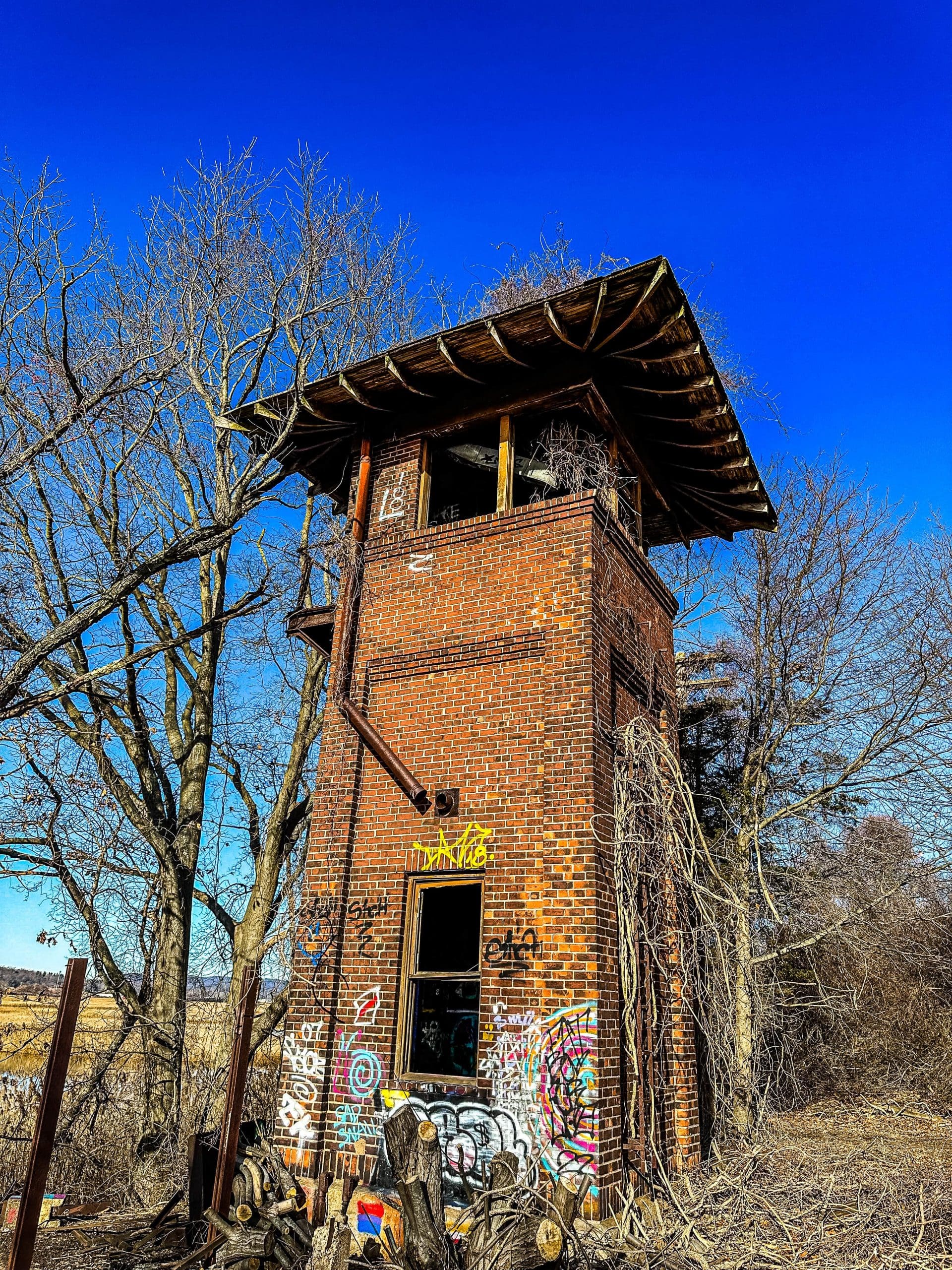
Decline and Abandonment
After the war, freight traffic began shifting to highways as trucking became more efficient and manufacturing declined across southern New England. The yard’s importance waned through the 1950s and 1960s, and the bankruptcy of the New Haven Railroad in 1961 marked the beginning of the end.
In 1969, the struggling Penn Central Transportation Company took control of Cedar Hill. A devastating blow came just five years later when a fire crippled the Poughkeepsie Bridge — a critical link for traffic heading west of the Hudson River. With the bridge gone, nearly all long-haul freight was rerouted to Selkirk Yard near Albany, New York.
By 1980, the yard’s famous hump was shut down by Conrail, and most of the sprawling complex was left abandoned. Over time, nature reclaimed much of the site — grass growing through the tracks, trees sprouting beside signal posts, and crumbling towers succumbing to rust and ivy.

Partial Revival and Modern Use
In 1999, CSX Transportation purchased Conrail’s New England operations and reactivated small portions of the yard for bulk cargo transfers and freight storage. Today, CSX maintains limited operations in the Northbound Departure Yard and Eastbound Classification Yard, while Amtrak uses part of the site to store and service equipment along the Northeast Corridor.
Despite these small areas of activity, the majority of the historic rail yard remains silent — a vast graveyard of steel and concrete that continues to fascinate railfans, historians, and explorers alike.

Exploring the Cedar Hill Ruins
For those eager to experience what remains of this once-mighty rail yard, the Tidal Marsh Trail provides a safe and scenic entry point. Opened in 2015 thanks to collaboration between the North Haven Trail Association and the Town of North Haven, the trail winds through the southern portion of the old yard and along the Quinnipiac River marshes.
Visitors can still spot:
- 🚦 Abandoned switch towers and signal lights frozen in time
- 🏚 Maintenance buildings with rusted tools and peeling paint
- 🚉 Miles of disused track stretching into the overgrowth
- 💧 Old fire hydrants and tunnels hidden among the brush
- 🌾 Wildlife and marsh views, where nature has reclaimed the industrial landscape
⚠️ Caution: Much of the surrounding land remains privately owned or unsafe. Visitors should stay on the Tidal Marsh Trail and respect all posted signage.
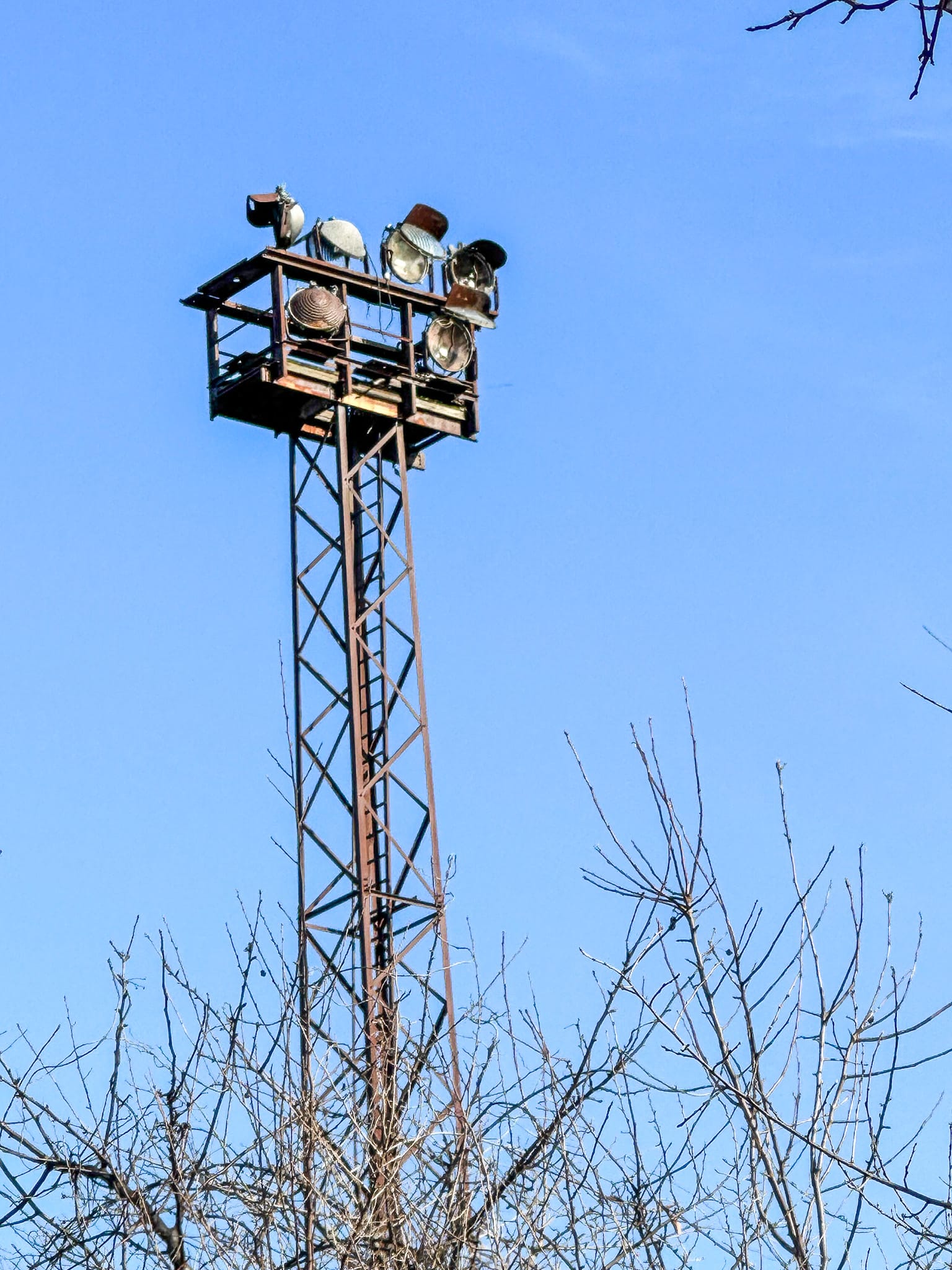
Visiting the Site Today
- 📍 Address: 200 Universal Drive, North Haven, Connecticut
- 🌐 GPS Coordinates: 41.348528, -72.872917
- 🅿️ Parking: Free parking is available at the Tidal Marsh Trailhead behind the Target store
- 🚶♂️ Trail Access: The trail leads directly along portions of the old rail yard
- 🕰 Hours: Open daily, dawn to dusk
- ⚠️ Safety Tip: Remain on marked paths — abandoned rail infrastructure can be unstable
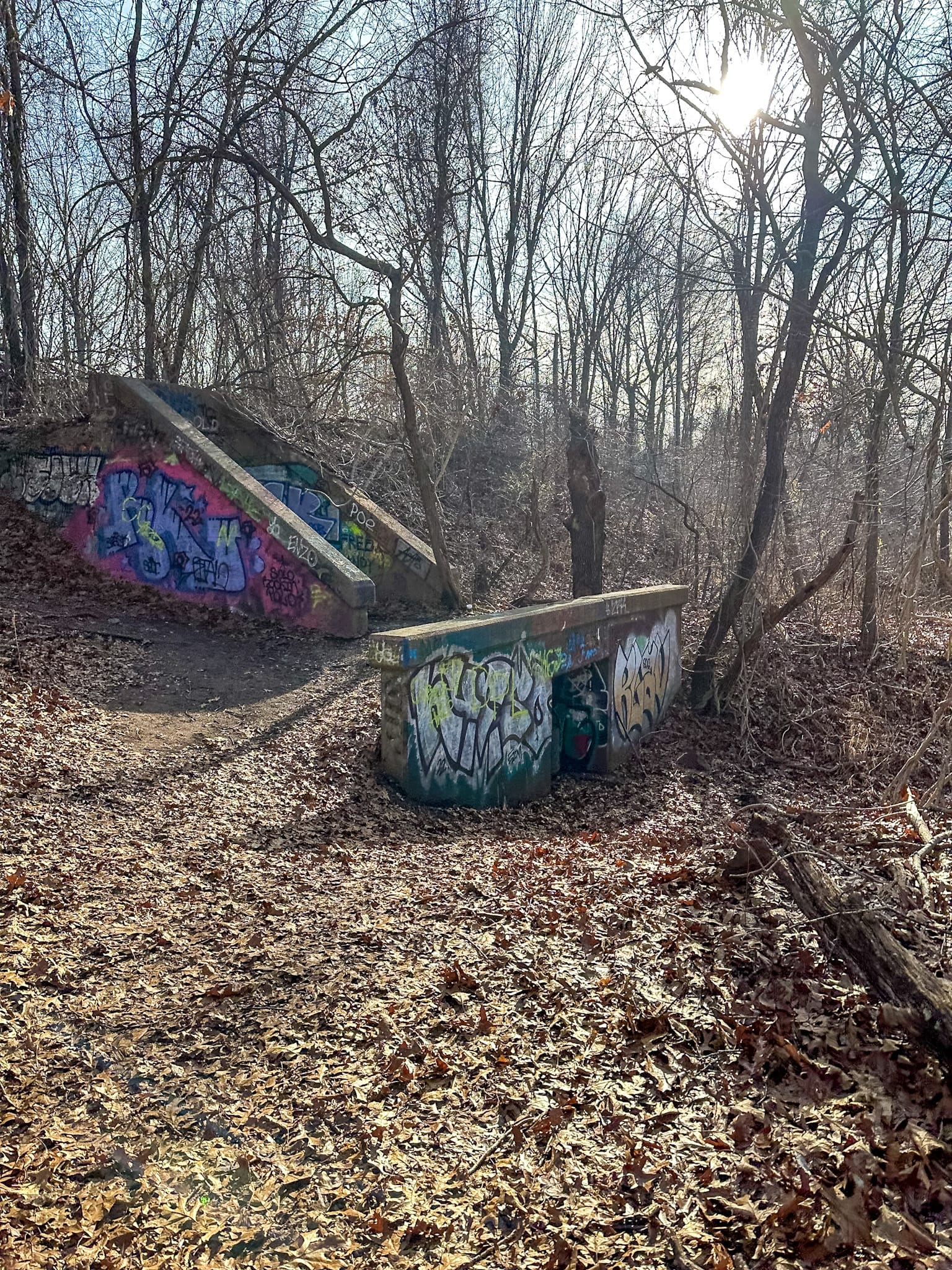
Quick Facts
- 🏗 Built: Early 1890s
- 🚂 Peak Operation: Over 5,000 railcars handled daily during WWII
- 💣 Modernization: 1920s hump yard construction
- 📉 Decline Began: Post-WWII industrial downturn
- 🔥 Major Setback: 1974 Poughkeepsie Bridge fire
- 🏚 Abandoned: 1980 (closure by Conrail)
- 🏢 Current Use: Partial reactivation by CSX and Amtrak
- 🌿 Public Access: Via Tidal Marsh Trail (since 2015)

Final Thoughts
The abandoned Cedar Hill Rail Yard stands as both a relic of American industrial ambition and a striking example of nature’s resilience. Once a powerhouse of wartime logistics and regional commerce, it now offers quiet trails, haunting ruins, and a tangible sense of history. For urban explorers and history buffs alike, Cedar Hill remains one of Connecticut’s most evocative hidden landmarks — where steel rails meet wild marshland, and the echoes of locomotives still seem to hum on the breeze.
